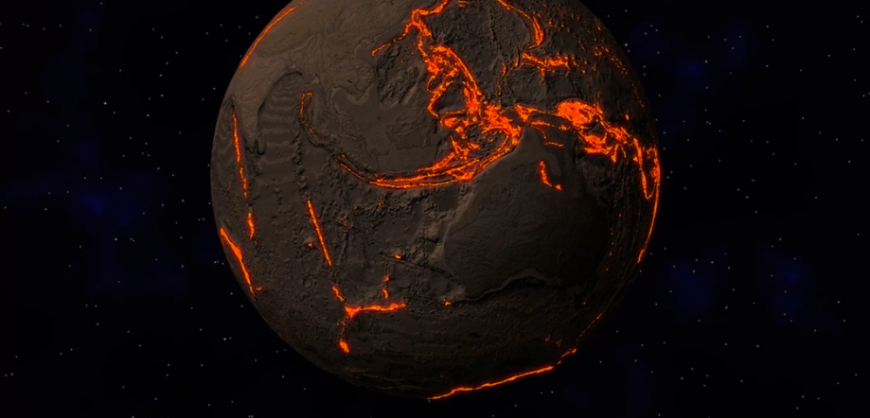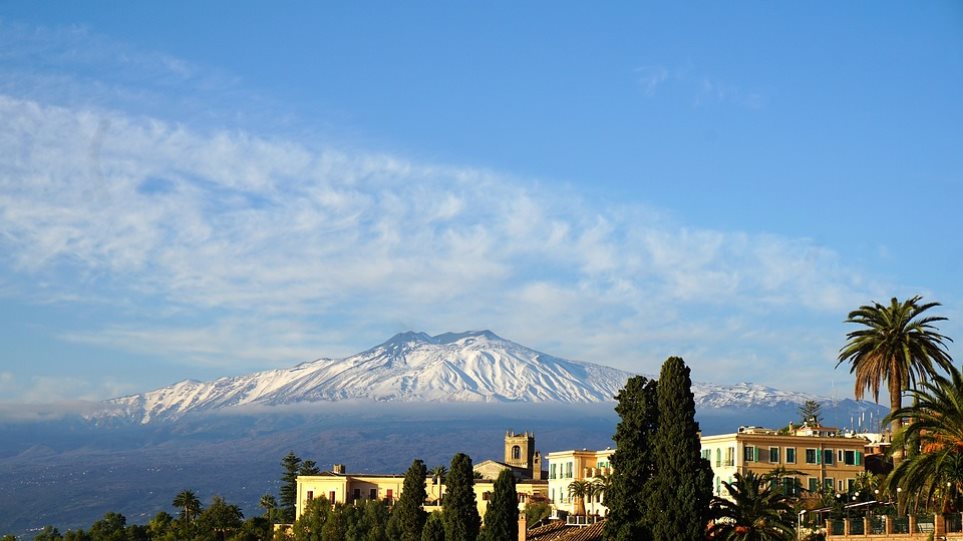As Earth’s tectonic plates dive beneath one another, they drag three times as much water into the planet’s interior as previously thought.
Those are the results of a new paper published today (Nov. 14) in the journal Nature. Using the natural seismic rumblings of the earthquake-prone subduction zone at the Marianas trench, where the Pacific plate is sliding beneath the Philippine plate, researchers were able to estimate how much water gets incorporated into the rocks that dive deep below the surface. [In Photos: Ocean Hidden Beneath Earth’s Surface]
The find has major ramifications for understanding Earth’s deep water cycle, wrote marine geology and geophysics researcher Donna Shillington of the Lamont-Doherty Earth Observatory at Columbia University in an op-ed accompanying the new paper. Water beneath the surface of the Earth can contribute to the development of magma and can lubricate faults, making earthquakes more likely, wrote Shillington, who was not involved in the new research.
The deep water cycle
Water is stored in the crystalline structure of minerals, Shillington wrote. The liquid gets incorporated into the Earth’s crust both when brand-new, piping-hot oceanic plates form and when the same plates bend and crack as they grind under their neighbors. This latter process, called subduction, is the only way water penetrates deep into the crust and mantle, but little is known about how much water moves during the process, study leader Chen Cai of Washington University in St. Louis and his colleagues wrote in their new paper.
“Before we did this study, every researcher knew that water must be carried down by the subducting slab,” Cai told Live Science. “But they just didn’t know how much water.”
Read more HERE



































